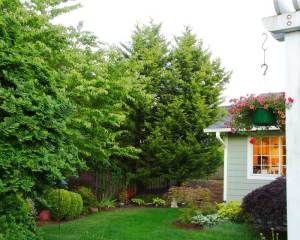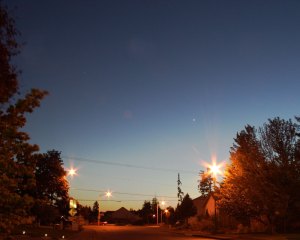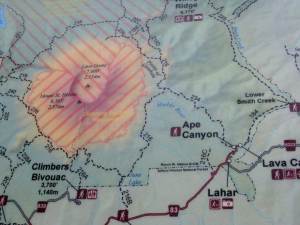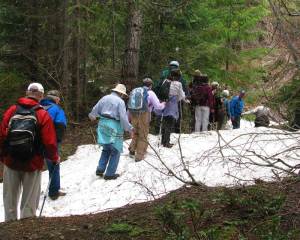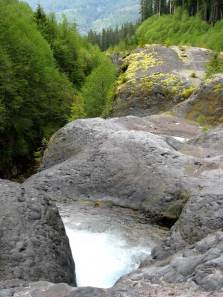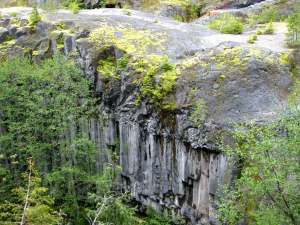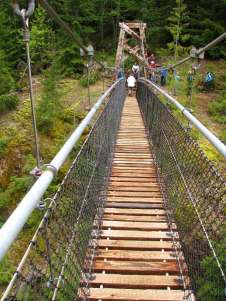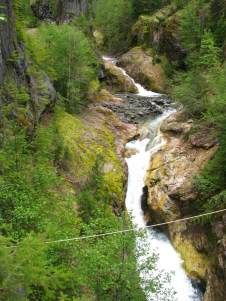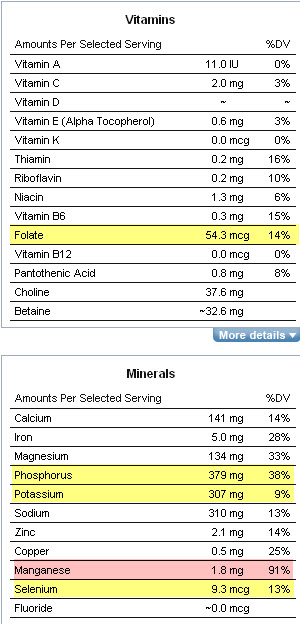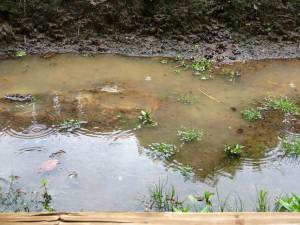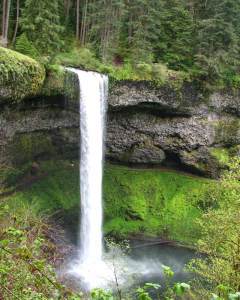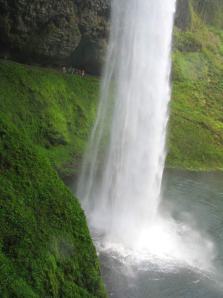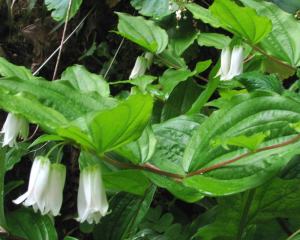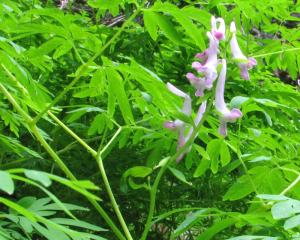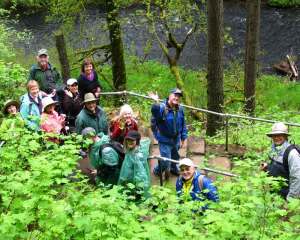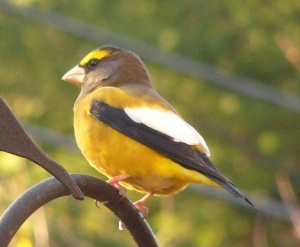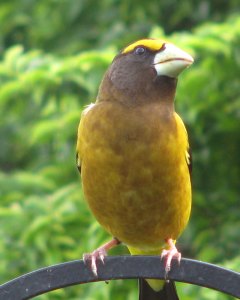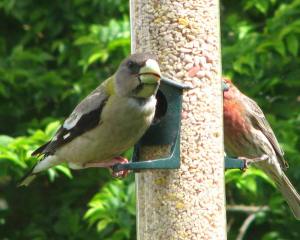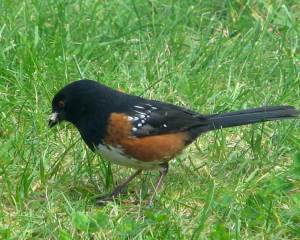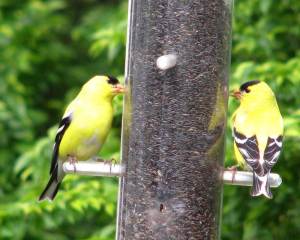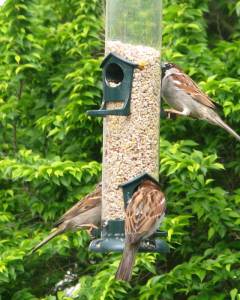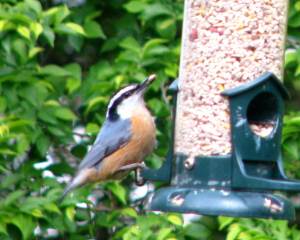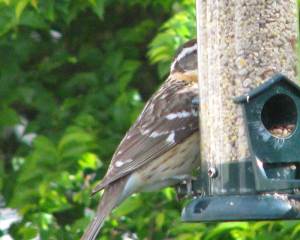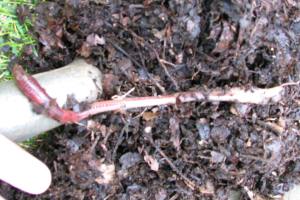This post is somewhat moot as I have obviously NOT blogged for a few months now.
My friends have mostly migrated to FaceBook. More folks see your photos and whatnot there … not necessarily because they want to but because they happen upon them while they’re busy doing other things (to paraphrase JL).
Very clever on FB’s part. And I confess, I enjoy the accidental findings myself.
So this is just an acknowledgment of my limbo status. I like to photograph. I like to write. But for whom? And for what purpose?
I was either hosting vacationers or being on vacation myself for the month of July. I am currently recuperating from bunion surgery early in August.
August is a great time to recuperate. I can be outdoors and savor the smells and the breeze in the trees. The bees are busy doing their business. The flowers are making nectar. Life is good.
I can’t resist including this video from Anna’s Bee World blog , as I’ve spent so much time just watching bees in my garden:
I’ve been enjoying this blog lately: No Direction Known A young woman is cycling across the USA for LivingStrong. It’s a great way to “pass through” rural America.
I just finished listening to The Help in audio book form — which I highly recommend for the outstanding narrations and accents. You can listen to an excerpt here. I guarantee you’ll fall in love with these women.
Lastly, I’m reading Temple Grandin’s Animals in Translation and enjoying it immensely.
If you got this far, thanks for reading.









